What Is Monkeypox and How Can You Protect Yourself?
Monkeypox is a zoonotic viral disease that spreads from animals to humans and can also transmit between people. While it shares some similarities with smallpox, monkeypox has unique symptoms and specific prevention methods. Therefore, understanding its symptoms, causes, and preventive measures is crucial to protect yourself and others. For more general insights on infectious diseases, check out our Infectious Diseases category.
What Are the Symptoms of Monkeypox?
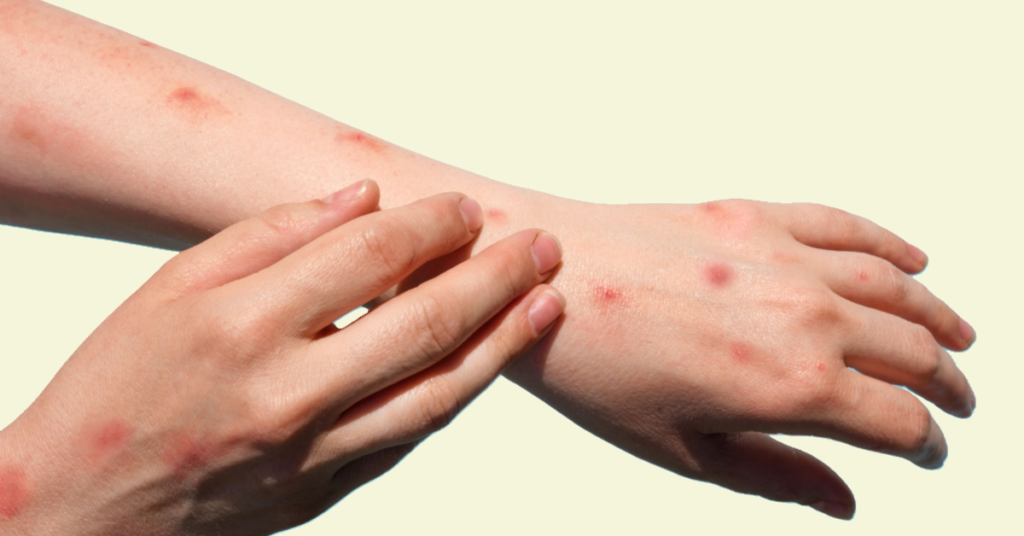
Monkeypox symptoms typically appear within 7 to 14 days after exposure, though the incubation period can range from 5 to 21 days. The disease progresses in two stages:
1. Initial Symptoms (0–5 Days)
The first phase of monkeypox includes flu-like symptoms. These symptoms may seem nonspecific but are vital for early detection:
- Fever: A sudden, high fever is one of the earliest signs.
- Headache: Severe and persistent headaches often accompany the fever.
- Muscle Aches and Backache: These body-wide pains are typical.
- Swollen Lymph Nodes: Swelling in the lymph nodes (lymphadenopathy) is a key symptom that differentiates monkeypox from smallpox. It commonly occurs in the neck, armpits, or groin.
- Chills: Patients frequently report feeling cold or shivering.
- Exhaustion: Fatigue and weakness are also common during this phase.
2. Rash Development (1–3 Days After Fever Onset)
After the initial symptoms, the hallmark rash of monkeypox begins to appear. Here’s how it progresses:
- The rash often starts on the face and spreads to other parts of the body, including the palms and soles.
- It evolves through the following stages:
- Macules: Flat, discolored spots.
- Papules: Raised bumps.
- Vesicles: Fluid-filled blisters.
- Pustules: Pus-filled blisters.
- Scabs: The lesions dry up and fall off, often leaving scars behind.
Visit the NHS for additional details on how to identify monkeypox rashes.
What Causes Monkeypox?
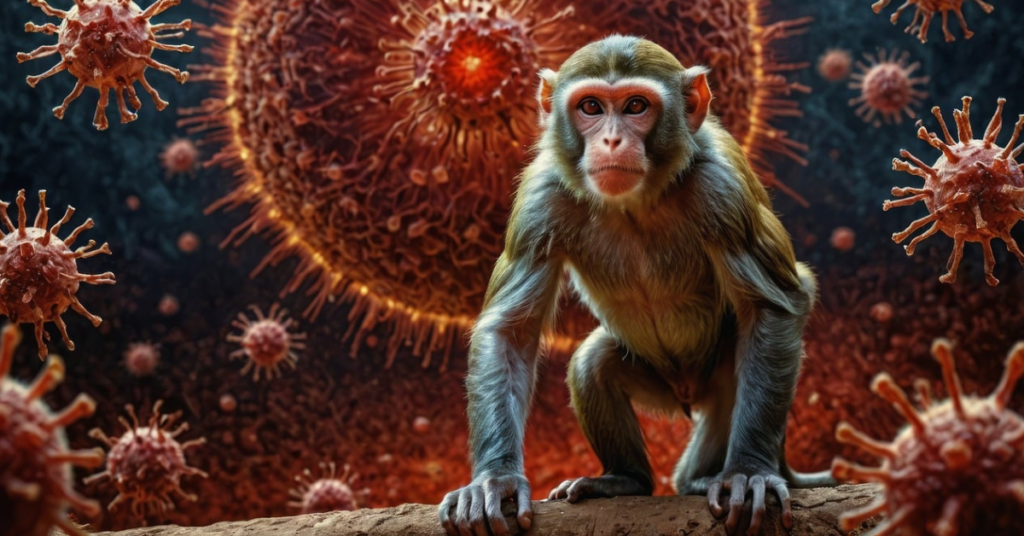
The monkeypox virus, a member of the Orthopoxvirus genus, causes this disease. It originates in animals and spreads through direct or indirect contact. Understanding the causes of monkeypox can help you take proactive measures to avoid exposure.
Animal-to-Human Transmission
Monkeypox primarily spreads from infected animals to humans. Common causes include:
- Bites or scratches from infected animals.
- Contact with bodily fluids or lesions of infected animals.
- Handling or consuming bushmeat (meat from wild animals).
Human-to-Human Transmission
Close contact between people often facilitates the spread of monkeypox. Common ways include:
- Direct skin-to-skin contact with the rash, scabs, or bodily fluids of an infected person.
- Prolonged face-to-face exposure to respiratory droplets.
- Sharing contaminated items like bedding, clothing, or towels.
Learn more about monkeypox transmission from the CDC.
How Can You Prevent Monkeypox?
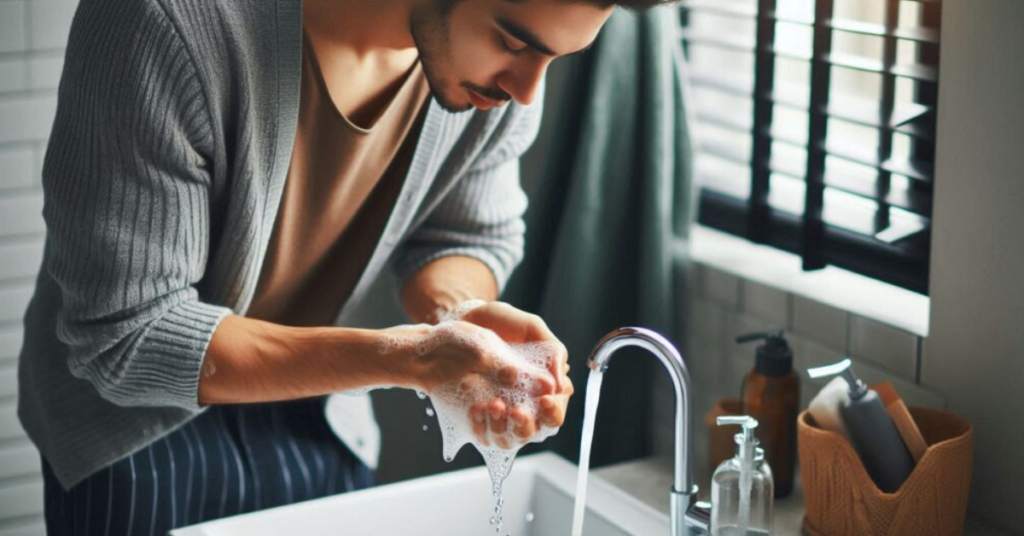
Although monkeypox can be serious, you can significantly reduce your risk of infection by following preventive measures. Here’s what you need to do:
1. Practice Good Hygiene
- Wash your hands regularly with soap and water or use an alcohol-based sanitizer.
- Avoid touching your eyes, nose, and mouth unless your hands are clean.
- Disinfect frequently touched surfaces to reduce the risk of contamination.
2. Avoid Close Contact
- Avoid direct contact with anyone showing symptoms such as a rash or fever.
- If you care for someone with monkeypox, wear protective equipment, including gloves and a mask.
- Stay away from animals that could carry the virus, especially if they are sick or found in areas with known outbreaks.
3. Get Vaccinated
Smallpox vaccines, like the Jynneos vaccine, provide partial protection against monkeypox. While not everyone may need the vaccine, healthcare providers can determine if it’s appropriate for you. Read more about monkeypox vaccines from the WHO.
4. Stay Informed
- Monitor news about monkeypox outbreaks in your area.
- If you suspect exposure or notice symptoms, consult a healthcare provider immediately.
What Should You Do If You Suspect Monkeypox?
If you suspect you’ve contracted monkeypox, taking the following steps can help protect others and manage the illness effectively:
- Seek Medical Attention: Visit a healthcare provider for diagnosis and treatment.
- Isolate Yourself: Limit contact with others to prevent spreading the virus.
- Notify Close Contacts: Inform anyone you’ve been in close contact with so they can monitor for symptoms.
- Follow Medical Advice: Stick to your doctor’s recommendations for managing symptoms and preventing further spread.
Refer to the CDC’s guidelines on what to do if you have monkeypox.
How Do Doctors Treat Monkeypox?
Currently, there is no specific cure for monkeypox. However, supportive care can help relieve symptoms and prevent complications. Doctors may recommend:
- Pain relievers to reduce fever and discomfort.
- Hydration to prevent dehydration caused by fever.
- Antibiotics for secondary bacterial infections if lesions become infected.
For severe cases, healthcare providers may use antiviral medications like tecovirimat (TPOXX), originally developed for smallpox. Learn more about monkeypox treatment on the CDC website.
Key Takeaways
Monkeypox is a serious but manageable disease. By understanding its symptoms, causes, and prevention strategies, you can take steps to protect yourself and others. Here’s a quick recap:
- Know the Symptoms: Watch for fever, swollen lymph nodes, and a distinctive rash.
- Understand the Causes: Avoid direct contact with infected individuals, animals, or contaminated objects.
- Follow Prevention Measures: Practice good hygiene, avoid close contact with the sick, and consult your healthcare provider about vaccination if needed.
- Take Action Promptly: If you suspect you have monkeypox, seek medical advice and isolate yourself to prevent spreading the disease.
With awareness and proper precautions, you can reduce the risk of monkeypox for yourself and your community. Stay informed, stay vigilant, and prioritize your health.


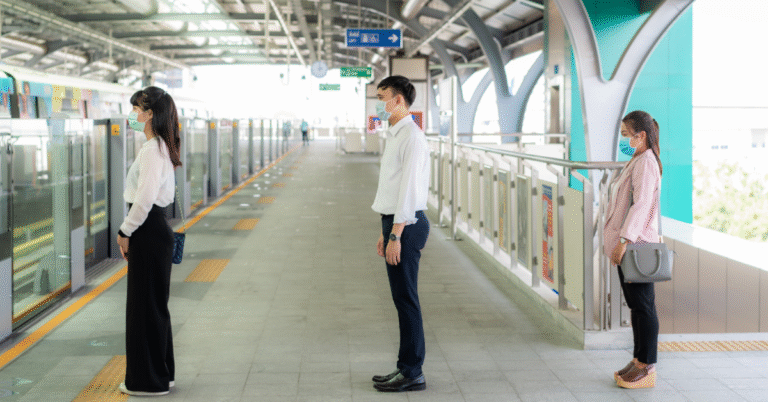
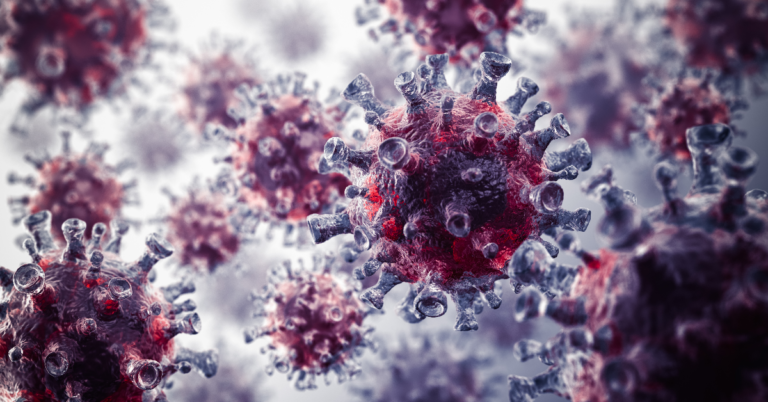
Thanks for your marvelous posting! I actually enjoyed reading it,
you could bee a reat author. I will be sure to bookmazrk your blog and will come back very soon. I want to encourage you to definitely continue your great
job, have a nice evening! https://Ternopil.PP.Ua
“Thanks for your marvelous posting! I actually enjoyed reading it, you could bee a reat author. I will be sure to bookmazrk your blog and will come back very soon. I want to encourage you to definitely continue your great job, have a nice evening! https://Ternopil.PP.Ua” write the reply for the comments
Thank you so much for your kind words! I’m thrilled to hear that you enjoyed reading my post. Your encouragement means a lot to me, and I’m glad to have you as a reader. I’ll definitely keep up the great work. Have a wonderful evening! 😊
Feel free to visit again soon!